Maybe you’ve considered completing the entire Camino de Santiago. Making your way to Santiago from your home or perhaps traversing a section is a plan everyone should undertake at least once in their lifetime. You might be thinking you don’t have much time, but did you know you can do the Camino de Santiago in separate stages? We’ll uncover it in this article!
Advantages of Pilgrimage in Separate Stages
As mentioned, dear pilgrim, you can complete a long journey in separate stages without any problem. This has its advantages, and the first is that despite your time constraints, you can use your free days for pilgrimage. With the lifestyle we have today, we don’t always have the necessary time to traverse the entire Camino to Santiago. Nevertheless, many pilgrims do it in separate stages and complete it, step by step, over different weeks, months, and years.
You can do it this way, bit by bit, taking advantage of each weekend or free days. Additionally, you can obtain the Compostela, as the Pilgrim Credential does not expire, no matter how many years pass. However, be careful! The stamps and dates must be in chronological order, and you must do the stages in the spatial order they are in. And if you run out of space in your credential for stamps, you can use a second credential.
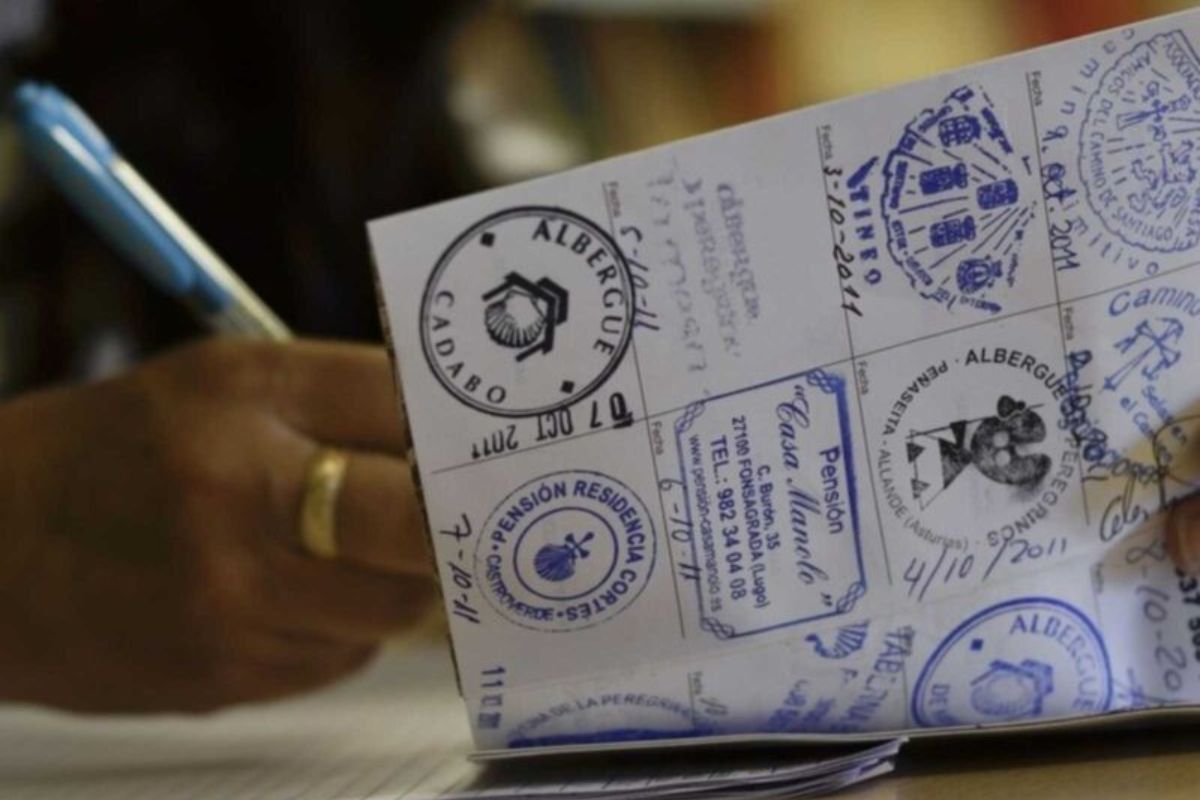
The Pilgrim Credential Doesn’t Expire
On the other hand, maybe you want to do a route to Santiago with friends and family, but everyone’s schedules don’t align. Therefore, embarking on separate stages is the perfect solution, as it will allow you to coordinate schedules.
By completing different parts of the Camino over several months or years, you’ll have more time to organize the stages. You can reflect on those you’ve already done and even learn from mistakes made in previous sections. Furthermore, by doing the Camino in separate stages, you’ll meet new people at each segment you undertake.
How to Do the Camino in Separate Stages?
The first thing to consider is how close or far you live from the starting point and route of the Jacobean route you want to take. If you live in Galicia, you don’t have much of a problem, as this is where all the routes converge, and you have options to choose from. If this isn’t your case, but you live in a region where a section of a Jacobean route passes through, you can do it this way.
If you do one stage every weekend, you’ll need support vehicle or sweep car to take you to the starting point and pick you up at the end. If you’re fortunate enough to have someone perform this task, great, but if not, you’ll rely on public transportation or taxis. This way, you’ll save on accommodation and other associated needs, such as luggage transport.
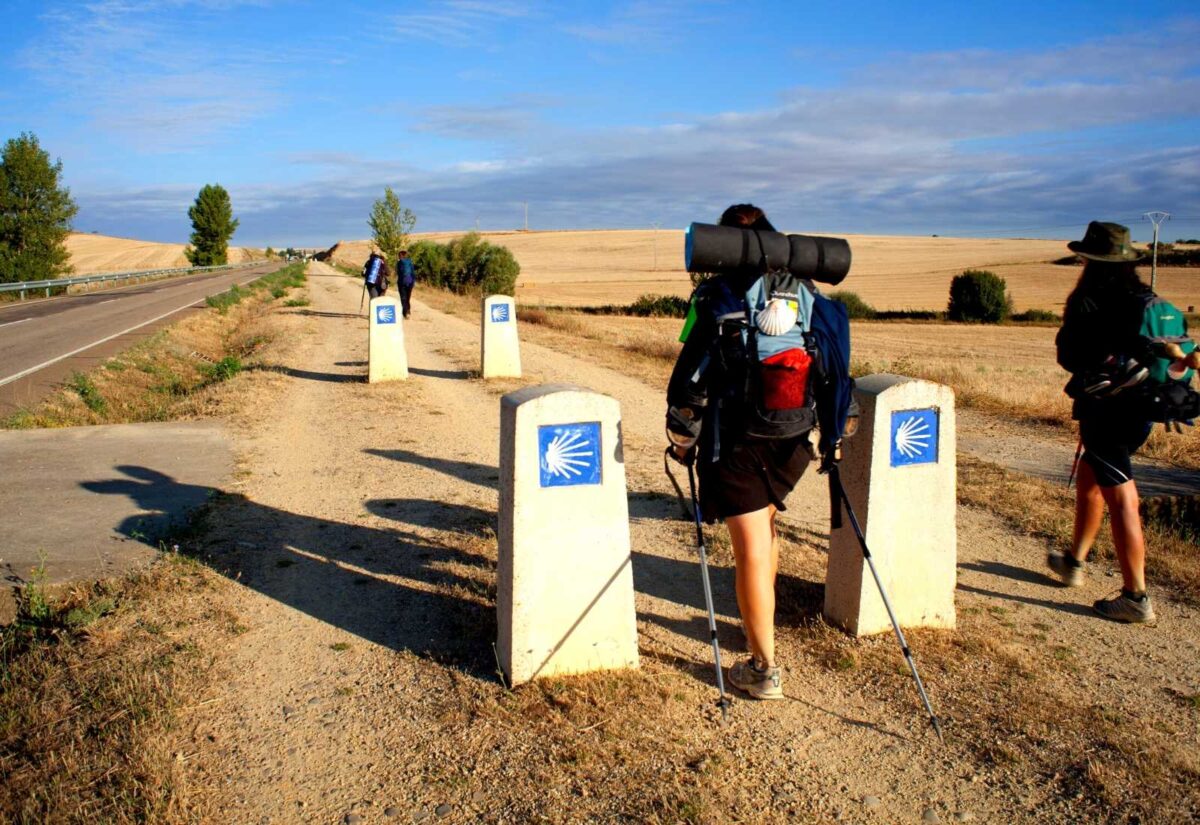
Pilgrims on the French Way through Castile and León
Yes, on the other hand, if you complete two stages with overnight stays on a weekend, make sure to book the accommodation you need in advance. Don’t leave room for improvisation to avoid surprises.
The Most Recommended Routes for Doing the Camino de Santiago in Separate Stages
If you’ve already decided, you need to choose the route to take. It could be a short route of 5 or 6 stages, or a longer one, from 10 to 30 or more stages. Shall we see them?
The French Way
Many pilgrims choose to do the entire French Way within the Iberian Peninsula, either from Roncesvalles or from Somport via the Aragonese Way. From Roncesvalles, you’ll cover about 800 km in about 33 stages, and from Somport, about 960 kilometers in about 39 stages. This is a long but very attractive route with a lot of historical tradition: if you can’t do it all at once, do it in separate stages.
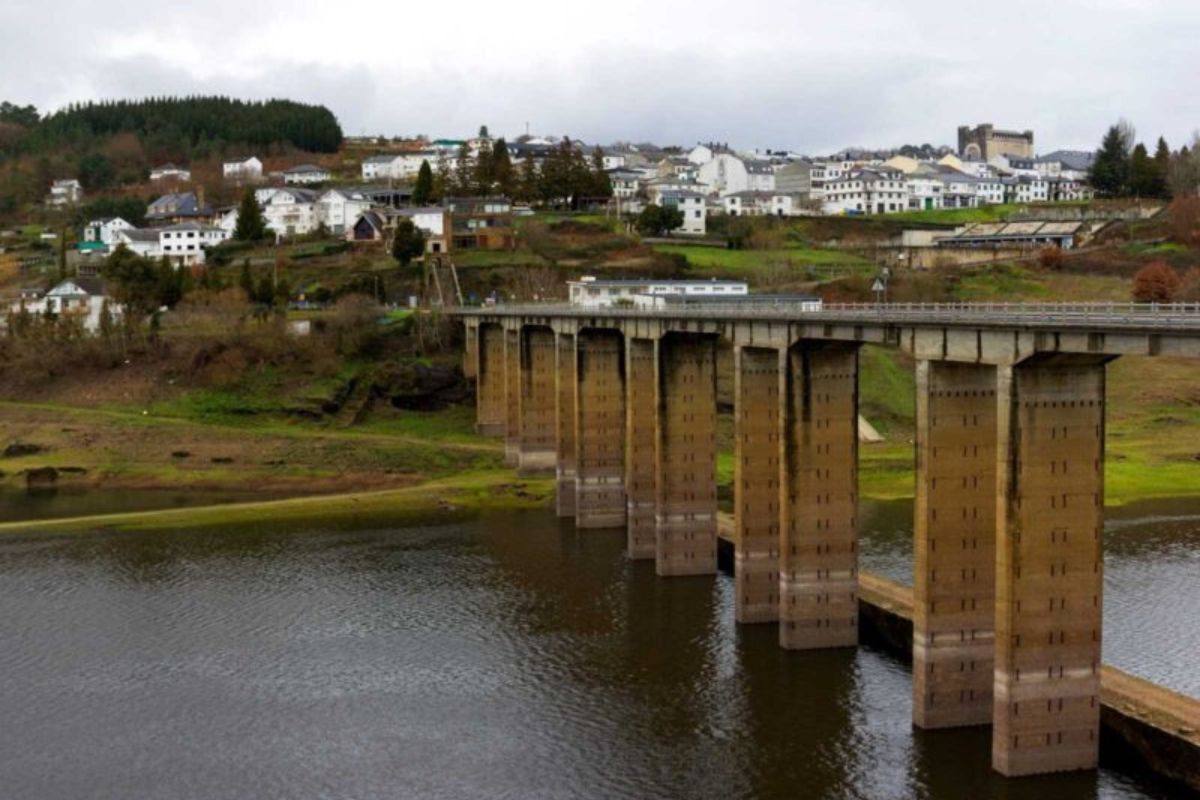
The French Way as it passes through Portomarín
The Portuguese Way
Another historical route to do in stages and whose starting point is far from Santiago: Lisbon. The Portuguese capital is about 620 kilometers away from the Apostle’s city, with an approximate division of 27 stages. The main attraction of the Portuguese Way is that it runs mostly through Portugal, whose gastronomy and landscapes will be novel to you. Additionally, you also have the Coastal variant from Porto, as well as the Spiritual variant from Pontevedra.
The Silver Route
About 950 kilometers and 38 stages separate Seville from Santiago de Compostela. It connects in Astorga with the French Way, although there is also the Sanabrian Way variant from Granja de Moreruela. A route that follows in the footsteps of the ancient Romans. If you’re from Seville and want to reach Santiago de Compostela, you can either do the Via de la Plata all at once or split it into separate stages.
The Northern Way
Approximately 860 kilometers in 36 stages separate Irún from Santiago de Compostela. The Northern Way is a historical route that runs parallel to the Cantabrian Sea. It’s a very interesting route because of its proximity to the sea; you’ll be able to enjoy both inland and coastal landscapes. The wonderful beaches of the Cantabrian coast and the gastronomy of the different regions of the northern peninsula will accompany you.
The Primitive Way
If we were talking about historical routes, here we bring you the first of all. The Primitive Way starts in Oviedo, where King Alfonso II the Chaste resided, one of the first pilgrims in history. It’s a total of 268 km to be completed in about 11 stages, enjoying the Galician and Asturian mountains and their hearty cuisine.
The Rest of the Routes
There are still more routes of the Camino de Santiago, but not as long. You can also do them in separate stages, although their distance is manageable to complete in one go during your holidays. The English Way, with its 113 kilometers in 6 stages, is very manageable. The same goes for the Finisterre and Muxía Way, which with its 120 kilometers in 5 stages can be perfectly done in vacation days.
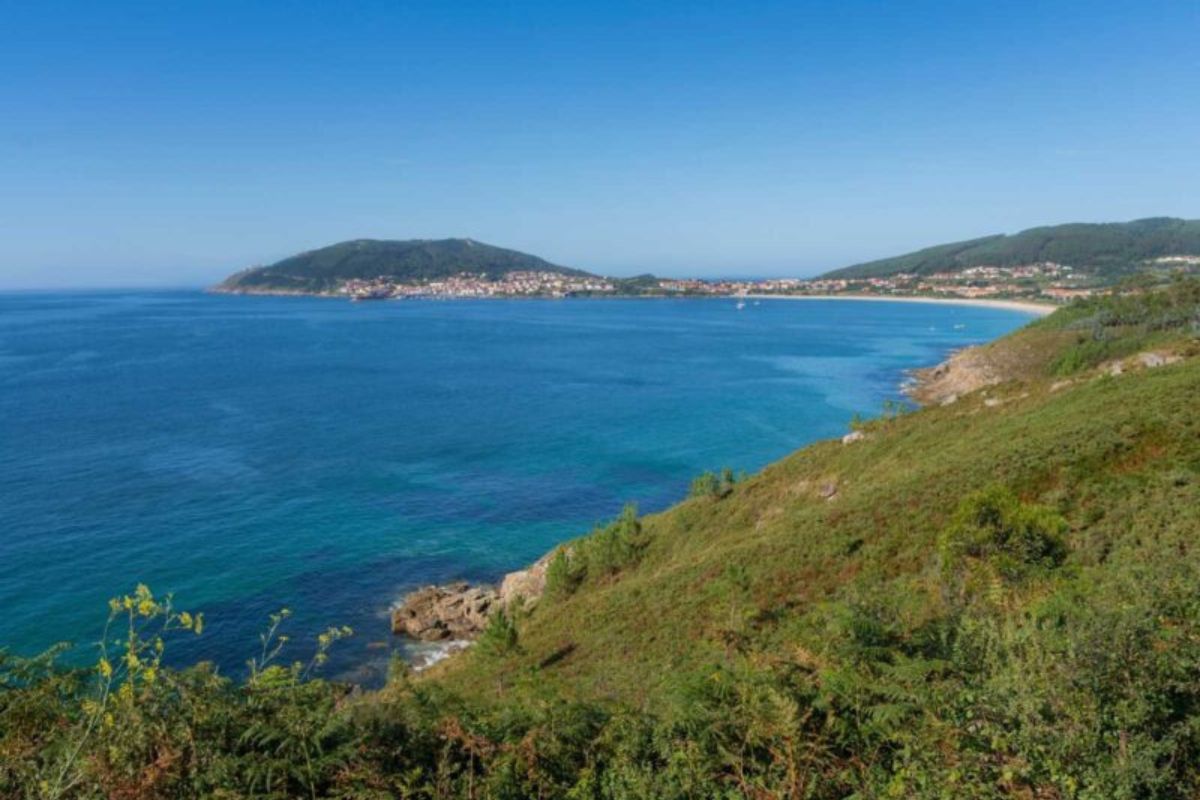
Arriving at Cape Finisterre from Cee is a separate pilgrim stage that can be done on the Costa da Morte (Galicia)
To Keep in Mind
Consider the weather and the time of year, the need for accommodation or not, what to carry in your backpack, and physical preparation. Instead of separate stages, you could also organize yourself every month and for several years to do some sections. The most common option is to travel about 100 or 200 kilometers each year, starting each year where you left off the previous year. This is what some of our pilgrims did, from their home in the Netherlands to Santiago de Compostela over 19 summers.
As a final piece of advice, if you’re a novice, try walking the last 100 kilometers of the French Way from Sarria or the Portuguese Way from Tui. With this walking appetizer, you’ll know well what you’re up against in a long adventure.
However you do it, the important thing is to enjoy the Camino without rushing. It’s a very psychologically, emotionally, and spiritually profitable time investment, and doing a Jacobean route in separate stages will allow you to live the pilgrim experience.

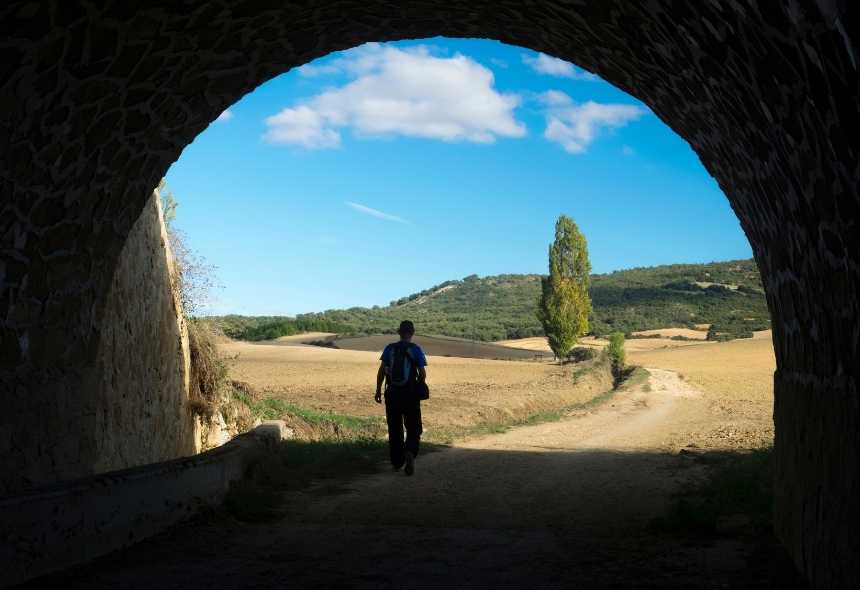


Leave A Comment